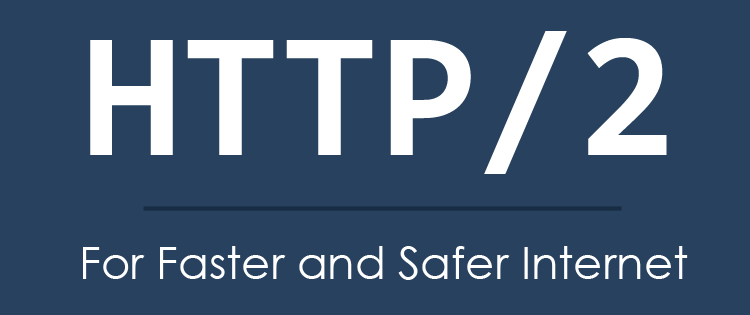
HTTP is the foundation of data communication. Without HTTP, there would have been no Internet. All the content available over the Internet is accessible only because of it. We watch a movie, talk with friends, make video calls, and order products online only because of this application.
Initially developed by HTTP Working Group in 1991, it was first known as HTTP 0.9 which was later upgraded into HTTP 1.0 in 1996. HTTP 1.1, which is currently used by Internet users all over the world, hit the market in 1999. It is the longest used transfer protocol. However, need of the developments in the protocol appeared when new apps and software, which demand high stream rates for the sharing of content, came into the market. Early in 2016, HTTP/2 was introduced to the world, which is faster and more reliable compared to previous versions.
What is HTTP/2 Protocol?
HTTP/2 is based on Open Networking Protocol, called SPDY, which is used by Google Inc. for the distribution of content over the Internet. This latest version of transfer protocol offers more web hosting security and better working experience to users due to high speeds web hosting. With HTTP/2, websites will take less time to open, videos will stream fast, and sharing of data will improve.
Benefits of HTTP/2 Hosting
HTTP/2 comes with a lot of added benefits which make it a preferable choice over the one that is currently used. Due to increased speed of website surfing and ease of sharing data, it should be incorporated into mainstream Internet services available all over the world.
- Faster Data Transfer
Current protocols make multiple requests to furnish a web page. HTTP 1.1 allows browsers to make multiple requests in a single go, to lead many resources. At present, there are apps and websites which incorporate heavy data requests, which often causes issues for the current model of application. HTTP/2 uses the procedure, called Multiplexing, which will allow users to send and receive multiple objects via a single Internet connection. This will increase the data transfer rates over the Internet which will ultimately enhance the user experience. - Reduced Header – Less Transfer of Data
Servers that control the flow of information over the Internet are informed by clients, through Headers, about the type of information they need. With HTTP/1.1, headers need to be provided to the servers, by the clients, every time. Moreover, headers are huge in size and HTTP 1.1 doesn’t have the ability to compress them before sending. HTTP/2 has the ability to compress headers and sends them only as per connection. This means that websites with a large amount of information will need less time to launch. - Improved Internet Surfing
With fast web hosting and fast loading of websites, users will be able to enjoy fast Internet surfing. Once it will be available to users around the world, the quality of Internet will be improved and the speed of connectivity will be enhanced.
The world is shifting towards modernization, in the digital regime, at very fast paces. What we are experiencing, at the moment, is just the beginning. There are many new horizons which are yet to be explored. With time, the Internet and its associated technologies will only grow further.

Leave a Comment